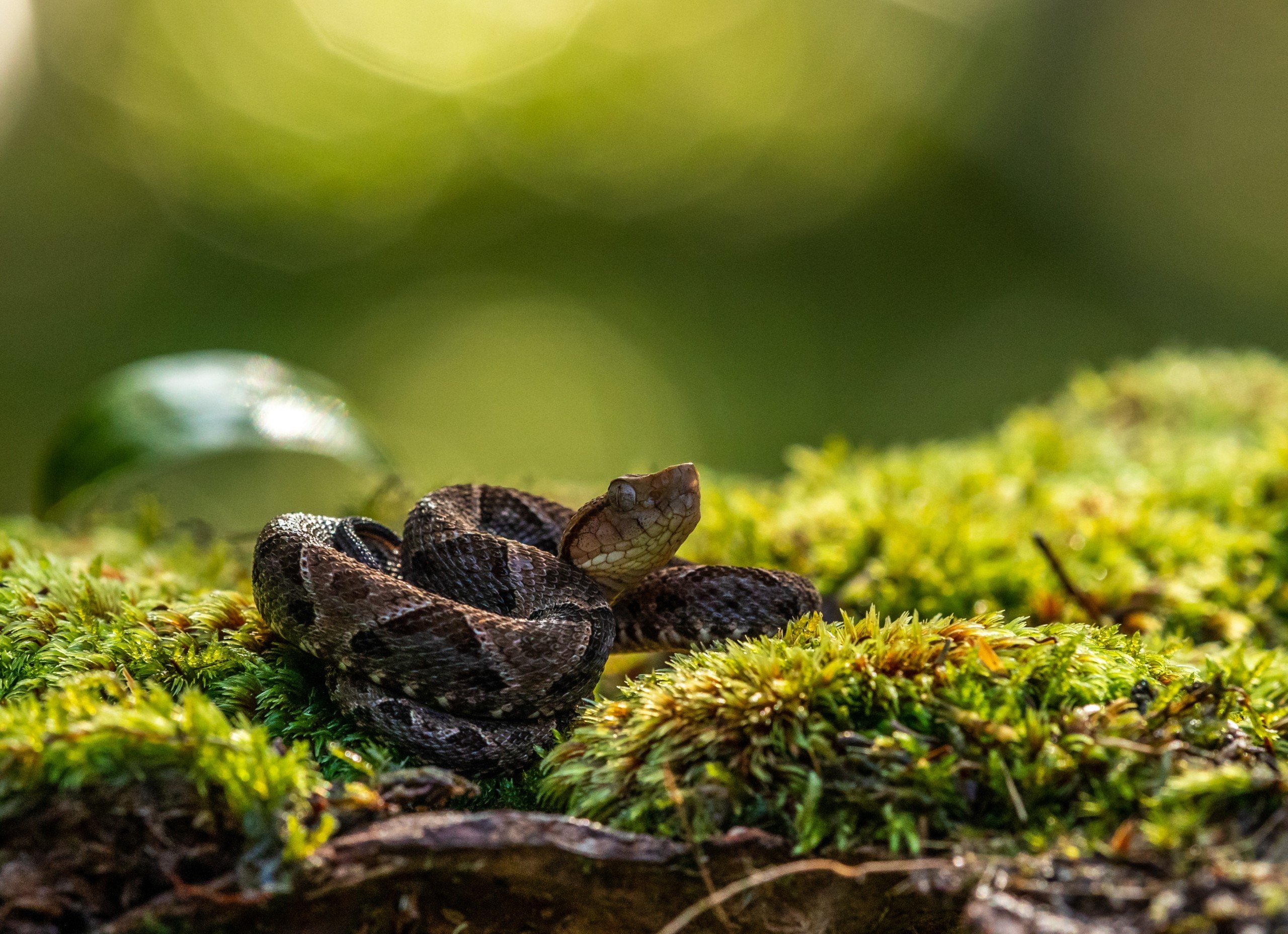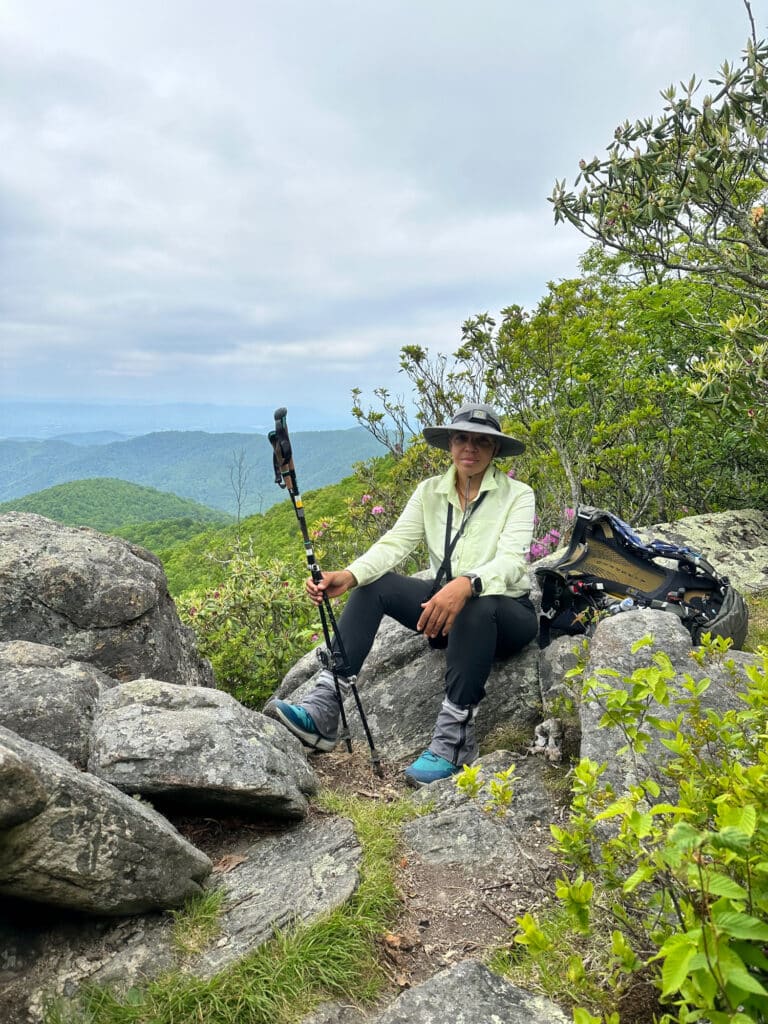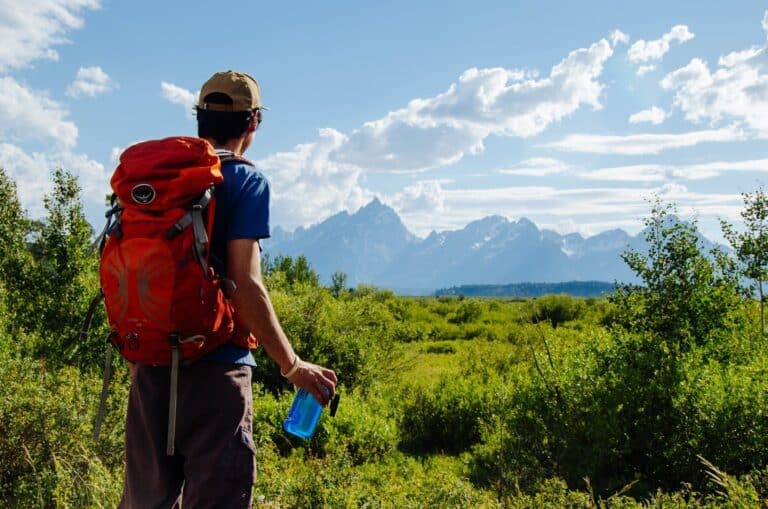Your fear of snakes puts you in the company of about half the world’s population, Betty. For many, the terror is absolute, all-consuming, and entirely unreasoning. It wells up from some ancient recess of instinct and is the compounded product of millennia of cultural conditioning-after all, the serpent tempted Eve, initiated the Fall, and caused our expulsion from Eden. Ever since, our revenge has borne a hard and bitter fruit: snakes are bad. Snakes must die.
Recently, I overheard a co-worker, a few cubicles over, announce that she had found a snake-A SNAKE!-n her garage that morning. Still highly agitated, she assured all within earshot that she had had it killed, of course, by a husband or neighbor, I don’t remember which. But what kind of snake? someone asked. Was it poisonous? Were you in danger? Most snakes are harmless, you know.
“I don’t know and I don’t care,” she wailed, repeating her feeble justification over and over. “It was a snake, I hate snakes, it was a snake.”
I just don’t get it, this impulse to kill a certain group of animals on sight. What really gets me, though, is the willful refusal to learn a few basic identification tips that can tell you whether a snake is venomous. Yes, there are venomous snakes in our region, and they can pose a danger in certain situations, but the majority of snakes are completely, utterly, harmless to humans.
The southeastern United States is a snaky part of the country. There are 39 species in Virginia and the Carolinas alone; in Georgia there are 41. Of these species, just six are venomous. Despite their persecution by humans, snakes are highly successful, adaptable creatures, capable of living in a wide range of aquatic and terrestrial habitats. They are both predators and prey, serving as a vital link in the food chain. They eat everything from insects to rabbits; in turn, birds of prey, foxes, coyotes, and even other snakes eat them. Perhaps most important to humans, they consume mice and rats, keeping these populations in check, playing an important role in curbing disease outbreaks and food contamination. I’d wager that a single species of rodent, the Norway rat, has caused humans more misery and woe than all the snakes of the world combined.
Still, a venomous snake, when encountered, is best given a wide berth-out of respect, not fear. In the Southeast, we have six species of venomous snakes: three different species of rattlesnake (eastern diamondback, timber/canebrake, and pigmy), copperheads, cottonmouths, and coral snakes. All but the coral snakes are pit vipers, meaning they have small, deep pits between the nostrils and eyes which sense infrared heat waves. They also have elliptical pupils like cats’ eyes, distinctive triangular heads, and prominent fangs. (Generally, non-venomous snakes have small, rounded heads and small but sharp teeth.)
The eastern diamondback is the largest and potentially most dangerous venomous snake in North America, reaching a length of 8 feet and weighing up to 15 lbs. These impressive reptiles stay close to their home range, never straying far from favored denning and hiding spots.
Cottonmouths, often known as water moccasins, are largely aquatic. They are often confused with other species of large nonvenomous water snakes, though in the Carolinas and Virginia, their range is restricted to the coastal plain. Many harmless aquatic or semi-aquatic snakes are mistakenly killed because people assume they are water moccasins.
Copperheads, the most common venomous snake in our area, are not particularly aggressive. Most bites occur when they are handled. They can be active at night, so shoes are advised when going out in the dark.
No venomous snake considers humans prey. Think about it: why would a snake waste venom meant for a mouse or rabbit on a creature too big to eat and far more dangerous than itself? I’ll admit that whenever I come upon a snake, whether a common garter snake or a massive rattler, I’ll have a nearly involuntary instant of shock. That initial jolt is always followed by a sense of awe. I check it out. It checks me out. Then we both go about our own business. I just wish more human/snake encounters ended this way.
<em>
William Cocke is always turning over rocks and rotten logs to see what’s underneath. He can be reached at [email protected].</em>







